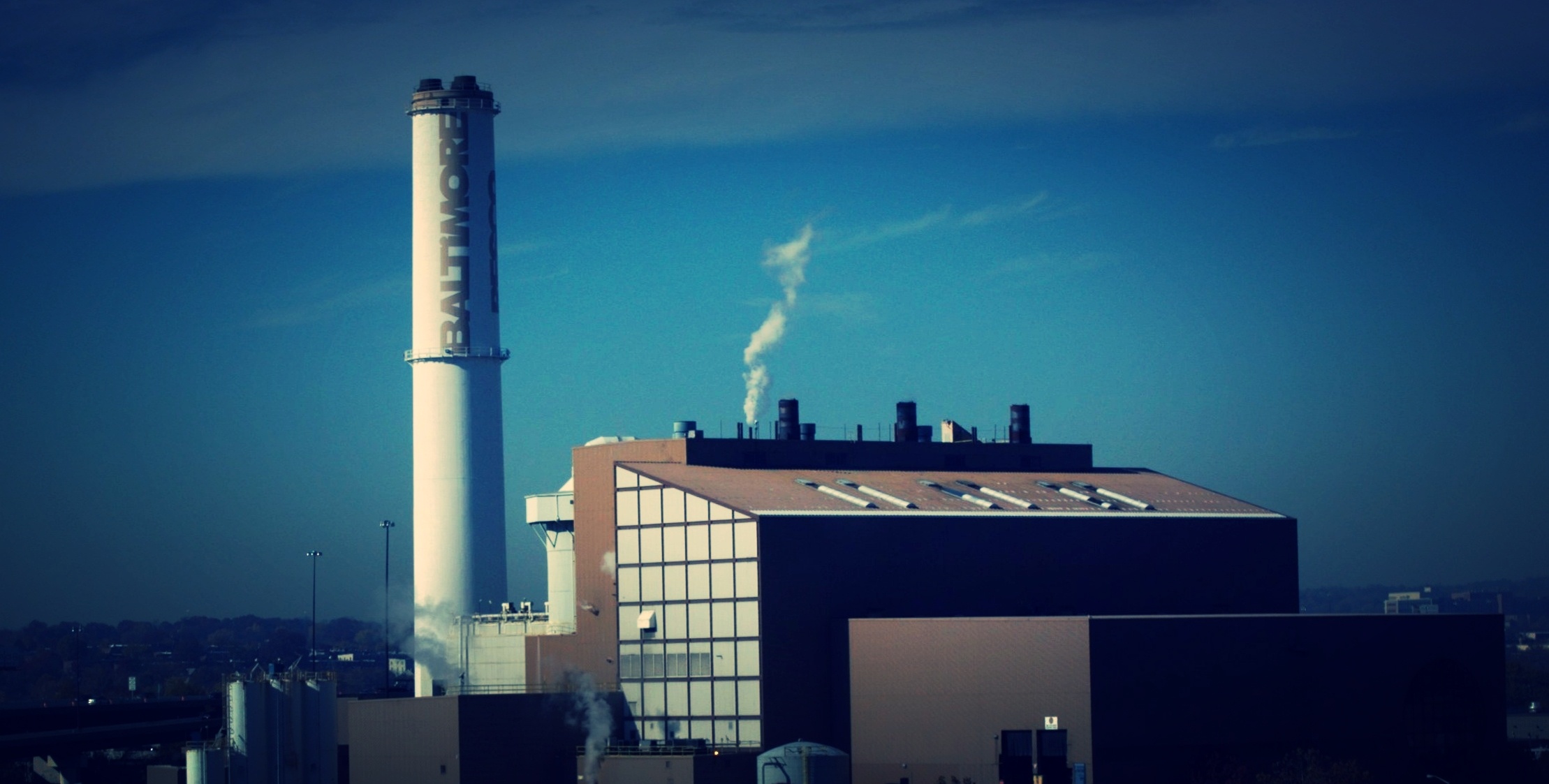This post is one in a series featuring the complete slate of advanced energy technologies outlined in the report This Is Advanced Energy.

Waste-to-energy (WTE) is the process of generating electricity and/ or heat by combusting municipal solid waste (MSW). The most common form of WTE is mass-burn combustion, in which MSW is burned “as is” to produce steam that spins a turbine attached to an electric generator. There is a small amount of ash (typically 5% to 15% of the volume of the processed trash) left over as a byproduct that is sent to a landfill. Some WTE facilities sort out as many recyclable materials as possible prior to combustion, whereas others recover metals post combustion. There are other WTE technologies as well, including modular systems (which are essentially the same as mass-burn combustion, only smaller), and refuse derived fuel (RDF) systems (which shred the MSW prior to burning and remove non-combustible materials). Gasification is an alternative to direct combustion that offers some benefits with respect to emissions and efficiency. The technology is well developed, but not in widespread use.
As of 2014, there were 84 WTE facilities in the United States. Located across 23 states, primarily in the Northeast, these facilities have a generating capacity of over 2.7 GW and process more than 30 million tons of municipal trash annually. Analysts estimate that WTE could replace nearly 5% of coal-fired generation capacity if all MSW were used for electricity generation. Non-utility companies, typically subsidiaries of waste management companies, develop, own, and operate most WTE facilities. These companies use power purchase agreements (PPAs) to sell electricity to utilities and contract with trash collectors to provide the waste feedstock. For example, Covanta Energy, one of the largest WTE companies in the United States, owns and operates the I-95 Energy/Resource Recovery Facility, located in Lorton, Virginia, which processes more than 3,000 tons of MSW per day. The 80 MW facility sells enough electricity to Dominion Virginia Power to serve the equivalent of 80,000 homes. Coal-fired generating units can also be retrofitted to burn MSW. For example, the Elk River Energy Recovery Station in Minnesota, originally built to burn coal and oil, now processes 1,500 tons of MSW each day.
Though providing electricity to the U.S. grid since the 1970s, WTE still has opportunities to expand. With over 63% of waste still sent to landfills each year, MSW is an underused source of energy capable of producing baseload power. Recent analysis estimates the total national economic impact of WTE to be $5.6 billion with nearly 14,000 jobs created by the industry. WTE facilities can play a strong role in local community economic development by providing high-paying jobs, enabling long-term savings in disposal fees, and injecting money into local economies.
